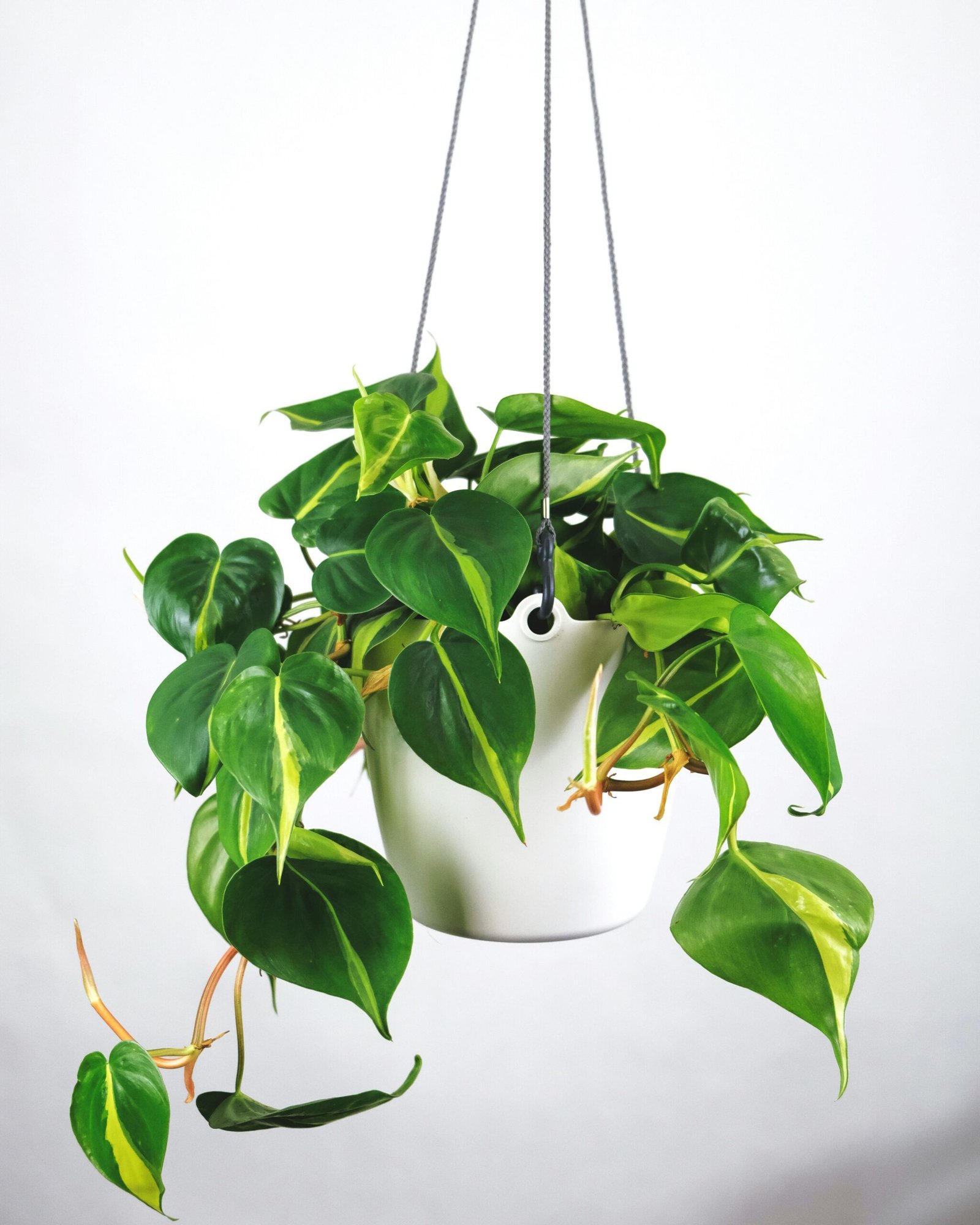Best Tips for Indoor Plant Troubleshooting.
Indoor plants bring a touch of nature to our homes, purify the air, and can even boost our mood. However, keeping them healthy can sometimes be challenging. Whether you’re a seasoned plant parent or a beginner, understanding how to troubleshoot common indoor plant problems is essential. Here are some of the best tips to help you diagnose and fix issues with your indoor plants.
1. Identifying Common Problems
a. Yellowing Leaves
Possible Causes: Overwatering, poor drainage, nutrient deficiency, or low light.
Solutions:
Check the soil moisture level. If it’s too wet, reduce watering and ensure the pot has proper drainage.
Move the plant to a brighter spot if it’s not getting enough light.
Fertilize with a balanced plant food to address nutrient deficiencies.
b. Drooping or Wilting Leaves
Possible Causes: Underwatering, overwatering, root rot, or extreme temperatures.
Solutions:
Adjust the watering schedule. Ensure the soil is consistently moist but not waterlogged.
Inspect the roots for rot. If roots are mushy and dark, trim the affected areas and repot the plant in fresh soil.
Keep the plant away from drafts or direct heat sources.
c. Brown Leaf Tips
Possible Causes: Low humidity, over-fertilization, or fluoride/chlorine in tap water.
Solutions:
Increase humidity by misting the plant, using a humidifier, or placing a water tray nearby.
Flush the soil to remove excess salts from fertilizers.
Use distilled or rainwater for watering.
d. Leggy Growth
Possible Causes: Insufficient light.
Solutions:
Move the plant to a brighter location or supplement with artificial grow lights.
Rotate the plant regularly to ensure even light distribution.
2. Ensuring Proper Care
a. Light Requirements
Tip: Match the plant with the appropriate light conditions. Research the specific light needs of each plant and place them accordingly.
b. Watering Techniques
Tip: Water thoroughly but allow the soil to dry out slightly between waterings. Use pots with drainage holes to prevent waterlogging.
c. Soil and Potting
Tip: Use a well-draining potting mix suitable for your specific plant type. Repot when the plant outgrows its container to avoid root-bound conditions.
d. Humidity and Temperature
Tip: Maintain consistent humidity and temperature levels. Most indoor plants thrive in temperatures between 60-75°F (15-24°C) and humidity levels of 40-60%.
3. Preventive Measures
a. Regular Inspection
Tip: Check your plants regularly for signs of pests, disease, or stress. Early detection can prevent minor issues from becoming major problems.
b. Proper Cleaning
Tip: Clean dust off leaves to improve photosynthesis and keep an eye out for pests hiding on the underside of leaves.
c. Quarantine New Plants
Tip: Isolate new plants for a few weeks to ensure they are pest-free before introducing them to your collection.
4. Dealing with Pests
a. Common Pests
Spider Mites, Aphids, Mealybugs, and Fungus Gnats
Solutions:
Use insecticidal soap or neem oil to treat infestations.
Wipe leaves with a damp cloth to remove pests manually.
Ensure good air circulation around plants to prevent pest outbreaks.
5. Fungal and Bacterial Issues
a. Signs of Infection
Possible Signs: Discolored spots, mold growth, or wilting.
Solutions:
Remove affected leaves or stems.
Improve air circulation and reduce humidity to prevent fungal growth.
Use a fungicide if necessary, following the product instructions carefully.
you need more specific advice or have particular plants you’d like to discuss!

